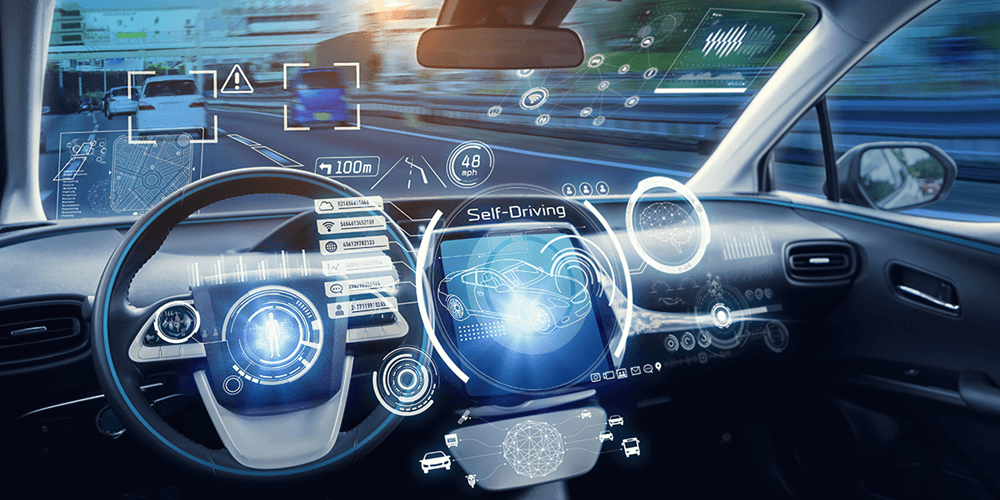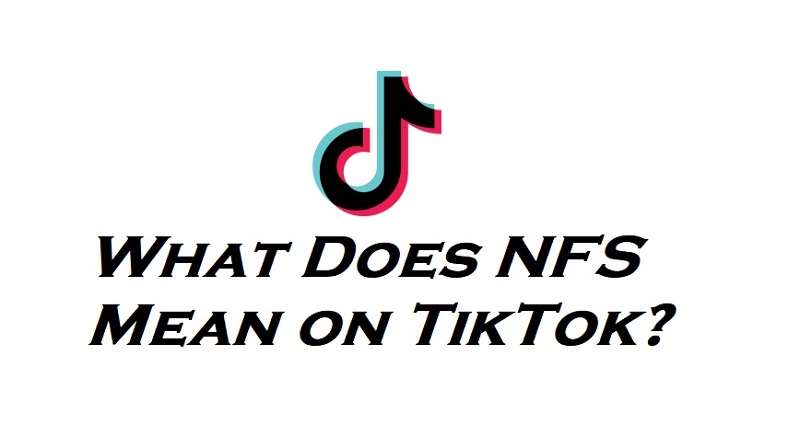The automotive industry has always been powered by technology — but in 2025, the pace of innovation is unprecedented. From electric vehicles (EVs) to self-driving systems and AI-driven analytics, technology has become the driving force behind every transformation.
Whether it’s a small auto workshop adopting digital diagnostics or a global manufacturer integrating AI into supply chains, technology is redefining efficiency, safety, and sustainability across all levels of the industry.
Let’s explore how modern technology is reshaping the automotive world — one innovation at a time.
1. The Rise of Autonomous & Self-Driving Vehicles
The dream of self-driving cars is no longer futuristic — it’s accelerating fast. Tech giants like Tesla, Waymo, BMW, and Ford are pushing the boundaries of autonomous driving, combining AI, computer vision, and deep learning for real-world navigation.
According to McKinsey’s 2025 Automotive Report, the global autonomous vehicle market is projected to reach $65 billion by 2030, growing steadily as governments approve pilot programs worldwide.
Key features now being integrated:
- Adaptive Cruise Control and Automatic Lane Keeping systems
- Real-time object detection and AI-assisted braking
- Voice-controlled infotainment and gesture-based interfaces
These advancements not only improve safety but also open the road for people with disabilities, seniors, and those unable to drive — expanding accessibility in transportation.
2. Smart In-Car Technologies
Today’s vehicles are no longer just machines; they’re smart devices on wheels.
With the rise of IoT (Internet of Things) and connected-car software, drivers now experience features such as:
- AI-powered GPS navigation with real-time traffic and weather updates
- Voice assistants like Alexa Auto and Google Assistant
- Smart dashboards integrating app controls and performance data
- Biometric security systems (face or fingerprint recognition)
According to Statista (2025), over 85% of new cars sold globally include at least one advanced connectivity feature. These innovations simplify multitasking, improve driver focus, and personalize the user experience — especially for busy professionals.
3. Electrification and Green Mobility
Sustainability is no longer optional — it’s the new standard. The global shift toward electric and hybrid vehicles has become the cornerstone of eco-friendly transportation.
- Global EV sales are expected to hit 17 million units by the end of 2025, up from just 3 million in 2020 (IEA EV Outlook 2025)
- Governments are introducing stricter emissions laws and offering incentives for EV buyers.
- Automakers are investing heavily in battery R&D, charging infrastructure, and recycling technologies.
From small local auto firms adapting to hybrid models to giants like Toyota, Volkswagen, and Hyundai moving toward full electrification, the entire ecosystem is transforming toward sustainability.
4. Enhanced Safety with V2X (Vehicle-to-Everything) Communication
Safety remains the heart of automotive innovation. The latest frontier? V2X technology — enabling vehicles to communicate with each other and their environment in real time.
V2X covers:
- V2V (Vehicle-to-Vehicle): Prevents collisions by sharing speed and location data.
- V2I (Vehicle-to-Infrastructure): Sends signals to traffic lights or road sensors.
- V2P (Vehicle-to-Pedestrian): Alerts pedestrians or cyclists of nearby vehicles.
According to Forbes AutoTech 2025, wide-scale V2X deployment could reduce urban accident rates by 35% and improve traffic flow by 40%.
Outcome: Safer roads, optimized traffic, and smarter city transport systems.

5. Route Optimization & AI-Driven Logistics
For delivery fleets and ride-share services, AI-based route optimization is a game-changer.
Modern AI tools process real-time traffic, weather, and road data to calculate the most efficient paths — saving fuel and time while minimizing emissions.
Use case: Amazon, DHL, and Uber Freight use predictive algorithms that cut average delivery times by up to 20%.
In 2025, even smaller automotive service companies use AI-powered software for logistics planning and fleet maintenance — making technology accessible at every scale.
6. Digital Manufacturing & Predictive Maintenance
Beyond the cars themselves, technology has revolutionized how vehicles are made and maintained.
- Robotic assembly lines powered by AI ensure precision manufacturing.
- Digital twins simulate production before physical prototypes are built.
- Predictive maintenance systems analyze sensor data to prevent breakdowns before they happen.
According to Gartner Automotive Insights 2025, predictive maintenance cuts downtime by up to 45% and extends component lifespan by 30%.
This means fewer recalls, lower costs, and happier customers.
7. The Road Ahead: Connected Ecosystems & AI Integration
By 2025, cars are part of a connected mobility ecosystem.
They talk to homes, cities, and energy grids — an interconnected loop of data designed to make life smarter.
Expect deeper integration with:
- 5G networks for ultra-low latency connectivity
- Cloud analytics for real-time performance updates
- AI copilots that adapt to driver behavior and preferences
In short, the line between “automotive” and “tech” is vanishing — the two now fuel each other.
Final Thoughts
Technology is steering the automotive industry toward a safer, greener, and more intelligent future.
From autonomous vehicles and smart dashboards to AI-driven logistics and sustainability, innovation is no longer an option — it’s a competitive necessity.
As 2026 unfolds, the winners in this race will be the companies that adopt, adapt, and accelerate with technology — because the future of mobility belongs to the innovators.





